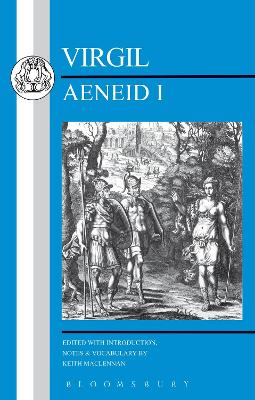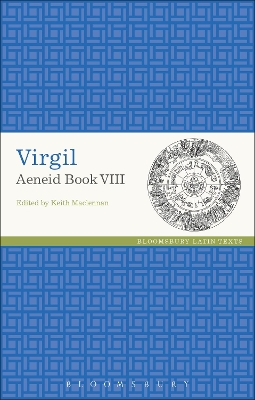Latin Texts
4 total works
"SparkNotes Literature Guides" is an invaluable series tackling some of the most important novels ever written and studied. Created by Harvard students for students everywhere, these indispensable study aids are thorough and informative. They feature explanations of key themes, motifs, and symbols, detailed analyses of major characters and important quotes, plot summaries and analysis, an exploration of historical context, plus key facts and potential essay topics - everything a student needs to be thoroughly prepared!
This pivotal book of the "Aeneid" has Aeneas - like Odysseus in "Odyssey XI" - visiting the Underworld. He is poised, as it were, between the world of his 'Homeric' past, the wanderings he has undergone in the poem's first half, and the destiny mapped out for his descendants, which culminates in the age of Augustus and his lost successor Marcellus. Aeneas is at once a figure of past, present and future. This new edition replaces the long-serving edition by Gould & Whiteley, making the book more accessible to today's students and taking account of the most recent scholarship and critical approaches to Virgil. It includes an introduction, annotation to explain language and content, and a comprehensive vocabulary.
Book VIII of the Aeneid presents a crucial turning point in the mythological foundation of Rome, with clear political resonances for the future Augustan regime. Set on the verge of war between the Latins and Aeneas' Trojan forces, it describes Aeneas' visit to the future site of Rome, where he enlists the help of the Arcadian King Evander for the forthcoming war.In confirmation of the gods’ support for Aeneas, his mother Venus presents her son with new armour, including a shield depicting key events in the future history of Rome. Their climax is Augustus' victory at Actium over the forces of Mark Antony and Cleopatra.
This new edition makes the Latin text accessible to students, with commentary notes providing ample linguistic help, explanation of difficult words and phrases, a glossary of grammatical and literary terminology, and a full list of vocabulary and proper names. The in-depth introduction sets the work in its literary and historical context, and provides an overview of Virgil's metrical and stylistic points.
This new edition makes the Latin text accessible to students, with commentary notes providing ample linguistic help, explanation of difficult words and phrases, a glossary of grammatical and literary terminology, and a full list of vocabulary and proper names. The in-depth introduction sets the work in its literary and historical context, and provides an overview of Virgil's metrical and stylistic points.



